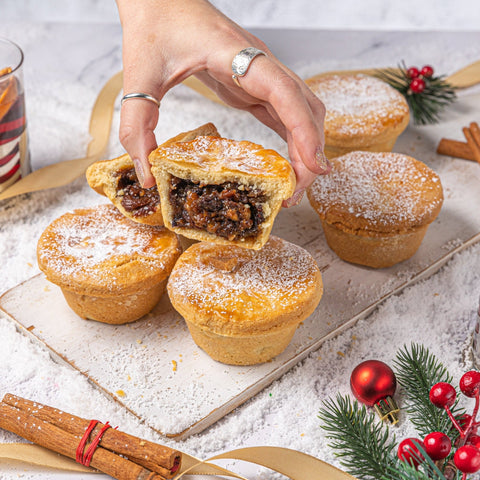Both Larger Dessert Pies and Smaller Mince Pies have been a beloved dessert for centuries, but what makes the perfect pie? Let's delve into the science behind creating the ultimate pie masterpiece.

Key Ingredients Matter
From the flaky crust to the sweet filling, each ingredient plays a crucial role in the pie-making process. The right balance of flour, butter, and water is essential for a tender and crispy crust. Meanwhile, the choice of fruits, spices, and sweeteners can elevate the flavor profile of the filling to make a delicious pie, such as our Mince pies!
The Role of Temperature
Temperature control is key when baking a pie. A hot oven is necessary to achieve a golden-brown crust, while a lower temperature ensures that the filling cooks evenly without burning. Understanding the science of heat transfer in baking is essential for a perfectly baked pie.
The Magic of Chemical Reactions
During baking, chemical reactions occur that transform the raw ingredients into a delicious pie. The Maillard reaction, responsible for browning, adds depth of flavor to the crust. Meanwhile, the pectin in fruits thickens the filling as it cooks, creating a luscious texture.

The Importance of Timing
Timing is everything when it comes to baking pies. Overbaking can result in a dry and tough crust, while underbaking leaves the filling runny. Following a precise baking time is crucial for achieving the perfect balance of textures in a pie.
By understanding the science behind pie-making, you can elevate your baking skills and create pies that are not only delicious but also visually stunning. Whether that be the impressive Lemon Meringue Pie, or a simpler Pecan Pie. Experiment with different ingredients, temperatures, and techniques to discover your perfect pie recipe.
Leave a comment